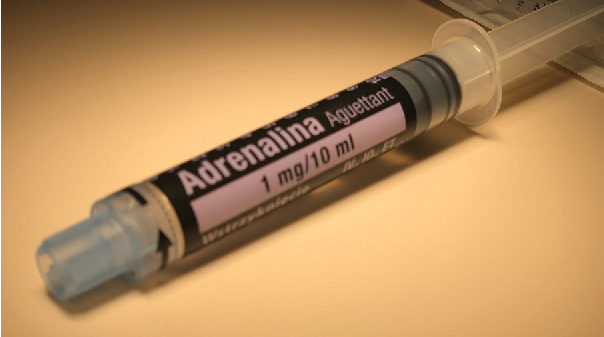Conclusion: Targeted hypothermia to 33°C does not improve mortality in patients with out of hospital cardiac arrest when compared to normothermia
- Background : The TTM (2013) study compared a targeted temperature of 33°C vs. 36°C in patients with an out-of-hospital cardiac arrest from a presumed cardiac cause. There was no significant difference in all-cause mortality
- This was an international, multicentre, parallel group, randomised superiority trial conducted across 14 countries and 61 institutions in Europe
- They enrolled patients with admitted to hospital following OHCA of presumed cardiac or unknown cause who were unconscious (score of <4 on the Full Outline of Unresponsiveness scale) with more than 20 minutes of spontaneous circulation after resuscitation
- Exclusion criteria included:
- Unwitnessed cardiac arrest with systole as initial rhythm
- Not randomised within 3hrs of arrest
- Hypothermia T <30°C on admission
- Intracranial haemorrhage
- Pregnancy
- A total of 1900 patients were enrolled between November 2017 and January 2020
- Patients randomised to the intervention group received 40 hours of intervention:
- Immediate cooling with a surface or intravascular temperature-management device to a target core temperature of 33°C, then maintained at this temperature for 28 hours
- After 28 hours rewarming to 37°C began in hourly increments of one third of a degree
- Patients randomised to the normothermia group had a target temperature 36.5°C – 37.7°C with cooling therapies commenced if T > 37.8°C
- From 40 to 72 hours both groups were maintained at normothermia 36.5°C – 37.7°C
- The primary outcome was death from any cause at 6 months
- Secondary outcomes included:
- Poor functional status at 6 months (mRankin 4-6)
- Number of days the patient was alive and out of the hospital until day 180
- Survival determined in a time-to-death analysis
- Health-related quality of life
- Results: A total of 1,861 patients were enrolled. There was no significant difference at in mortality at 6 months – 465 of 925 patients (50%) in the hypothermia group and 446 of 925 patients (48%) in the normothermia group had died (relative risk with hypothermia, 1.04; 95% confidence interval [CI], 0.94 to 1.14; P=0.37)
- There were no differences in any secondary outcomes
- There were higher rates of arrhythmias with haemodynamic instability in the hypothermia group 24% vs 16% (RR 1.45, 95% CI 1.21 – 1.75, p<0.001)
- Strengths:
- Large well conducted study with low risk of bias and near complete data set (very low rate of loss to follow up (<1%)
- Outcome assessors were blinded
- Interventions were protocolised and therefore reduced individual practitioner variability
- Multinational nature of the study with consistency of results across regions increases external validity
- Limitations:
- Treating clinicians were aware of patient group allocation (practicably unavoidable)
- There was no control group – it is unclear whether any temperature management is better than no temperature management (though previous evidence would suggest that hyperthermia is detrimental to an injured brain)
Reference: TTM2 Trial Investigators. Hypothermia versus Normothermia after Out-of-Hospital Cardiac Arrest. N Engl J Med. 2021 Jun 17;384(24):2283-2294.



